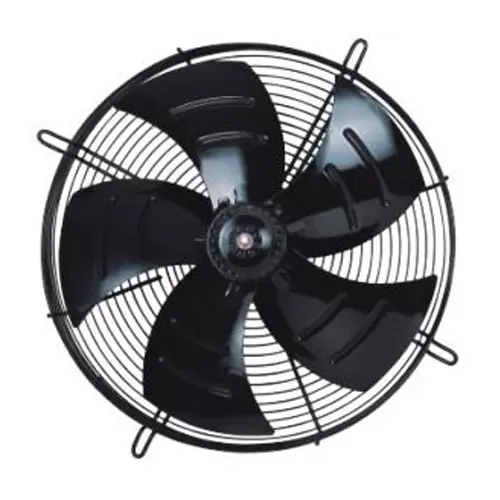Screw Air Compressor Parts and Fans: Understanding the Basics

Screw air compressors are frequently employed in numerous sectors for a variety of purposes. Although these compressors are dependable, effective, and long-lasting, they nonetheless need maintenance and part replacement like any other mechanical equipment. The fan is one of a screw air compressor’s key components. In this post, we’ll go over the fundamentals of screw air compressor parts and fans—their uses, variations, and upkeep requirements.
Introduction
Positive displacement compressors called screw air compressors compress air using two meshing screws. These compressors are frequently utilised in a variety of activities, such as manufacturing, spray painting, and pneumatic tooling. The components of a screw air compressor work together to compress and distribute air. The fan is one of a screw air compressor’s key components.
Understanding Screw Air Compressor Fans
A fan is a rotating device that moves air or gas in a specific direction. In a screw air compressor, the fan plays a crucial role in maintaining the compressor’s temperature and preventing it from overheating. The fan helps in cooling the compressor by drawing air through the cooling fins and dissipating the heat generated during compression.
Screw air compressor fan types
There are different types of screw air compressor fans, including axial fans, centrifugal fans, and mixed-flow fans.
The most typical form of fan found in screw air compressors is an axial fan. These fans draw air through the cooling fins of the compressor through the rotation of their blades about an axis. Axial fans operate effectively, inexpensively, and quietly.
Centrifugal fans draw air through the cooling fins of the compressor using centrifugal force. These fans are perfect for high-pressure applications since they can withstand more pressure than axial fans. Centrifugal fans are also more expensive and have a higher noise level than axial fans.
Mixed-Flow Fans
Mixed-flow fans combine the features of axial and centrifugal fans. These fans have blades that are tilted at an angle, drawing air through the compressor’s cooling fins. Mixed-flow fans are efficient, have a higher pressure capability than axial fans, and are less noisy than centrifugal fans.
Maintaining Screw Air Compressor Fans
The optimal functioning of the compressor and the avoidance of breakdowns depend on proper maintenance of the screw air compressor fans. Here are some recommendations for taking care of screw air compressor fans:
- To prevent dust and other debris from impairing the function of the fan, clean the cooling fins and fan blades on a regular basis.
- Regularly check the fan belt tension and make any required adjustments. The fan may rotate more slowly as a result of a loose fan belt, which may decrease the compressor’s cooling effectiveness.
- To reduce friction and wear, routinely lubricate the fan bearings.
- Look for any damage or cracks in the fan blades, and replace them if necessary.
- Regularly check the wiring and fan motor for any signs of wear or damage, and if required, replace or repair them.
Conclusion
Screw air compressors are frequently employed in numerous sectors for a variety of purposes. The fan is a key component of these compressors, which are made up of various elements that work together to compress and distribute air. For the compressor to operate at its best and avoid malfunctions, proper screw air compressor fan maintenance is essential. Users can efficiently maintain their compressors and increase their lifespan by familiarising themselves with the fundamentals of screw air compressor parts and fans.
FAQs
A screw air compressor is what?
A screw air compressor is a positive displacement compressor that uses two meshing screws to compress air.
What is the function of a fan in a screw air compressor?
The fan helps in cooling the compressor by drawing air through the cooling fins and dissipating the heat generated
